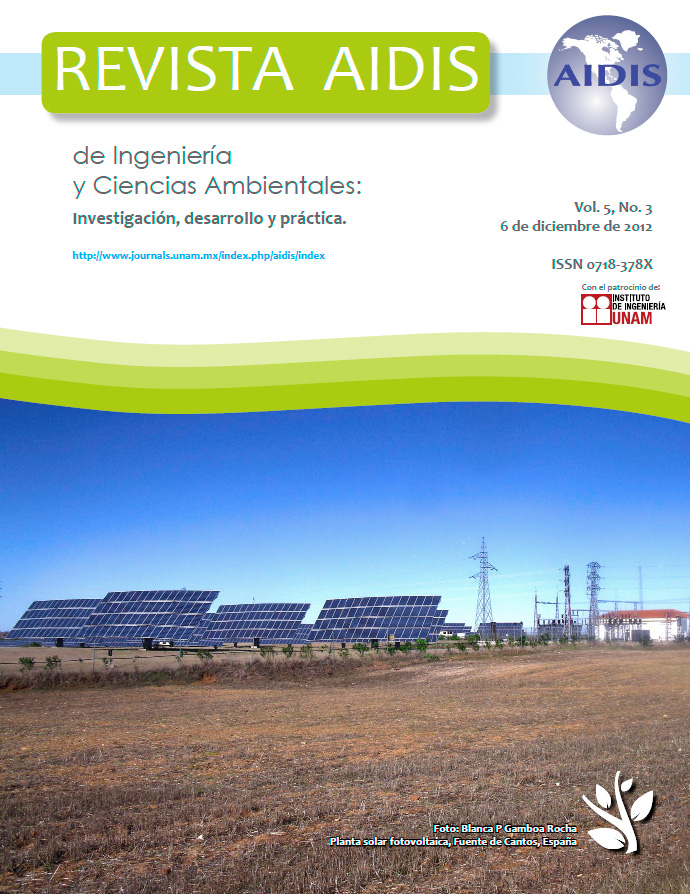ELECTROCOAGULATION: AN ALTERNATIVE FOR TREATMENT OF RESIDUAL WHEY
Main Article Content
Abstract
The aim of this study was to gather the most relevant and current affairs has on the applicability of the technique of electrocoagulation in removing pollutants in aqueous solutions, as well as the potential to be applied in reducing the very high organic loads presented by the serum derived from the dairy industry in cheese making. A review of electrocoagulation, discussing the challenges and opportunities of this technology, showing its potential application, their advantages and ultimately raised the reaction mechanisms and the design and operation of the reactors. From this perspective, electrocoagulation becomes an electrochemical process that can have successful results in their application by optimizing the factors that shape it, reaching the challenge to protect, conserve and restore water resources. When the whey is also called economic advantage and becomes an aqueous waste is discharged to the canals of sewage, environmental impact magnified by the increase in COD. Apply new techniques to reduce organic loads with high efficiency in this type of waste is a challenge today.
Keyword: electrocoagulation; liquid effluents; chemical oxygen demand; zeta potential; efficiency.
